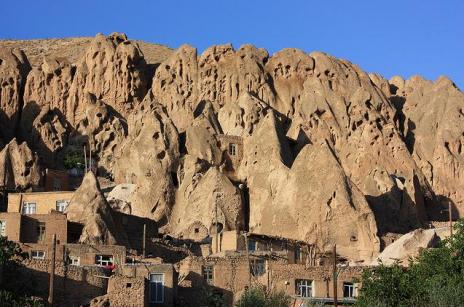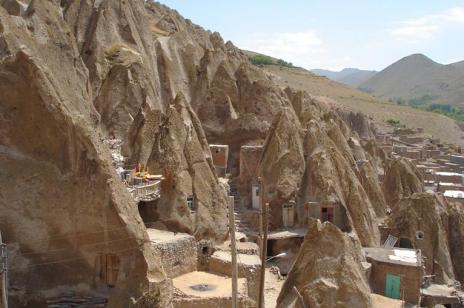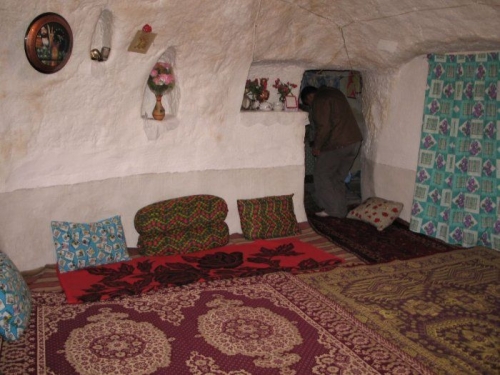Stonehenge is a mysterious stone Monument in the county of Upshur in England. No one knows what is the purpose of this Stonehenge, whether it’s a court, or place of worship, or temple, or perhaps a sign of a UFO? There are many hypothesis and interpretations by many researchers.

Stonehenge, the most visited and well known of the British stone rings, is a composite structure built during three distinct periods. In Period I (radiocarbon-dated to 3100 BC), Stonehenge was a circular ditch with an internal bank. The circle, 320 feet in diameter, had a single entrance, 56 mysterious holes around its perimeter (with remains in them of human cremations), and a wooden sanctuary in the middle. The circle was aligned with the midsummer sunrise, the midwinter sunset, and the most southerly rising and northerly setting of the moon. Period II (2150 BC) saw the replacement of the wooden sanctuary with two circles of ‘bluestones’ (dolerite stone with a bluish tint), the widening of the entrance, the construction of an entrance avenue marked by parallel ditches aligned to the midsummer sunrise, and the erection, outside the circle, of the thirty-five ton ‘Heel Stone’. The eighty bluestones, some weighing as much as four tons, were transported from the Prescelly Mountains in Wales, 240 miles away.


During Period III (2075 BC), the bluestones were taken down and the enormous Sarsen stones - which still stand today - were erected. These stones, averaging eighteen feet in height and weighing twenty-five tons, were transported from near the Avebury stone rings twenty miles to the north. Sometime between 1500 and 1100 BC, approximately sixty of the bluestones were reset in a circle immediately inside the Sarsen circle, and another nineteen were placed in a horseshoe pattern, also inside the circle. It has been estimated that the three phases of the construction required more than thirty million hours of labor. Recent studies indicate it unlikely that Stonehenge was functioning much after 1100 BC.


Current theories regarding the purpose of Stonehenge suggest its simultaneous use for astronomical observation and ritual function. By gathering data regarding the movement of celestial bodies, the Stonehenge observations were used to indicate the appropriate days in the annual ritual cycle. In this regard, it is important to mention that the structure was not used only to determine the agricultural cycle, because in this region the summer solstice occurs well after the growing season begins and the winter solstice well after the harvest is finished. Concerning its architectural form and function, scholars have suggested that Stonehenge, especially in its middle and later form, was intended to be a stone (and thereby imperishable) replica of the kind of wooden sanctuary that was more locally common in Neolithic times. What was the nature of the rituals performed at Stonehenge? Ray theorizes that, because Stonehenge is situated in an area rich in burial tombs, it may have had some relevance in burial rituals. Its shape, which resembles that of Neolithic ceremonial buildings, however, points more to its probable use as a shrine for the living rather than for the dead. As a temple for the living, Stonehenge's capacity to determine the dates of the solstices and equinoxes becomes all-important. Throughout the ancient world people have regarded the sun and moon as sacred beings whose cyclical rhythms, with their seasonal strengthening and weakening, had a positive, magical, and rewarding effect upon the life of human beings. Stonehenge and the large number of other stone rings located throughout the British Isles (and the world) are part solar/lunar/stellar observatory and part ritual structure. The mystery remains: Why?


Myths and legends of Stonehenge shed light on the nature of the activities and ceremonies performed at the festivals. For example, the legendary Merlin tells King Aurelius:
Laugh not so lightly, King, for not lightly are these words spoken. For in these stones is a mystery, and a healing virtue against many ailments. Giants of old did carry them from the furthest ends of Africa and did set them up in Ireland what time they did inhabit therein. And unto this end they did it, that they might make them baths therein whensoever they ailed of any malady, for they did wash the stones and pour forth the water into the baths, whereby they that were sick were made whole. Moreover they did mix confections of herbs with the water, whereby they that were wounded had healing, for not a stone is there that lacketh in virtue of leechcraft.
And Layamon, a 13th century British poet, also speaks of the healing quality of Stonehenge.
The stones are great
And magic power they have
Men that are sick
Fare to that stone
And they wash that stone
And with that water bathe away their sickness















































